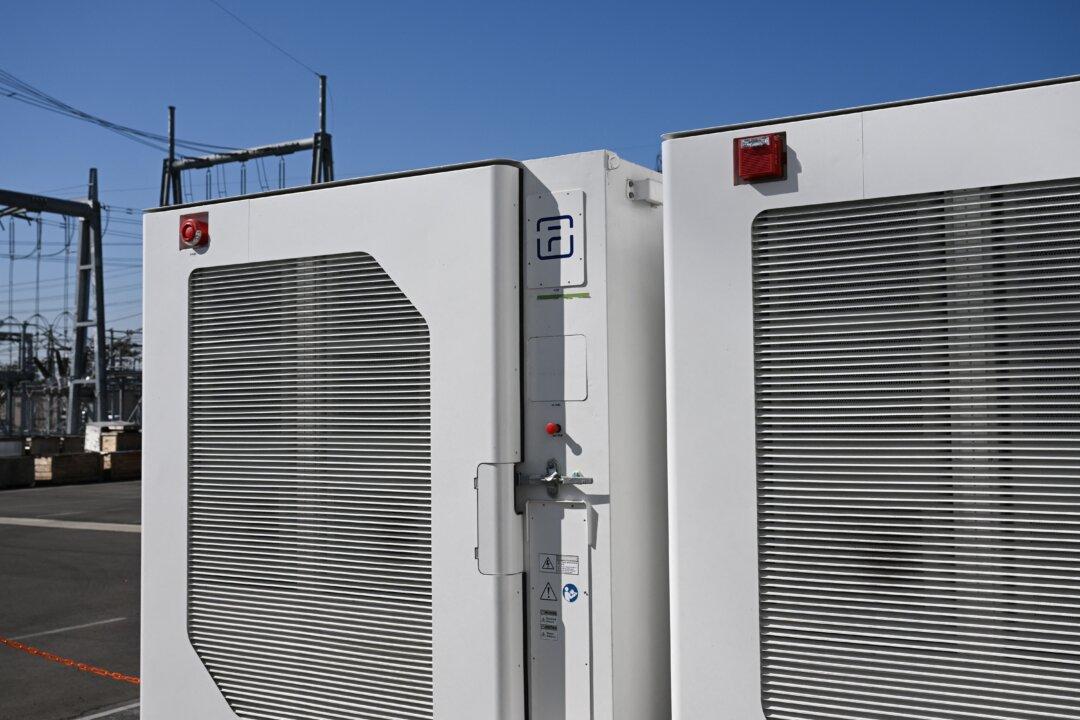With California seeking to achieve a “clean electric grid” by 2045, statistics released Oct. 24 revealed significant progress since 2019, with battery storage capacity now at 13 percent of desired levels, according to the state’s energy commission.
Officials say such is necessary to develop a more reliable grid—with less dependence on traditional power generation methods at night—and to protect public health.





